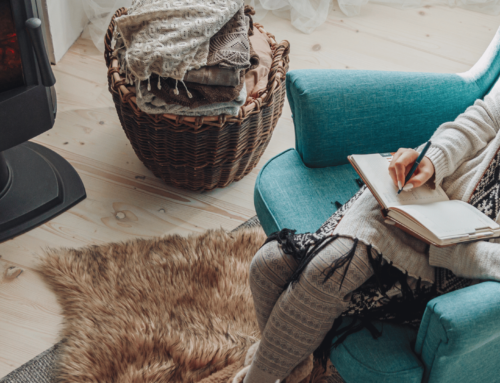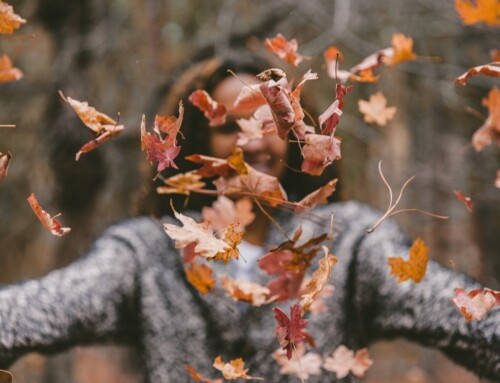Every day, we’re being overloaded with news of the COVID-19 pandemic – how to stay healthy, the latest data, and other updates. I don’t know about you, but my attention span is waning, and I’m having trouble taking it all in. Although it doesn’t always come naturally, I have found myself wanting to shift my attention more often towards what’s going well and connecting with loved ones during these times of physical distance.
As we are all adapting, I will be sharing A Series of Practices to Cultivate Strength and Resilience, designed to provide a few moments of respite as we navigate through extraordinary times. Steeped in research from the field of positive psychology – the scientific study of human flourishing – and my own experiences, this series is designed to cultivate a bit of positivity each day.
Colleagues, friends, and family find these practices straightforward, yet impactful when it comes to feeling resilient and improving their well-being. Most will take just a few minutes to complete. I encourage you to practice and share them with family, friends, roommates, or teams.
I hope you enjoy your first short practice. Without further ado, I introduce to you: “The Swamp and The Pond.”

Science informs us that it’s possible to find light in times of darkness. My mentor and positive psychology expert Maria Sirois has helped me put this into perspective using this practice.
In her teaching, Maria likes to use the metaphor of a swamp and pond to capture a typical day in our lives. It’s easy to spend a lot of time in the swap, especially as we navigate the pandemic and its aftermath. From minor annoyances to major losses, fears, and anxieties, we might characterize many of life’s difficulties as “swampy.”
And yet, we have the power to pave the way towards positive moments. Relief in times of stress. Strong connections during times of distance. Reassurance that things will be okay no matter how bad they may seem. These positive experiences might be characterized as being in “the pond.”
When we stop to notice, the pond is filled with little and big things that elevate us — feeling grateful, having a moment of levity, receiving good news about a work project or medical test, and the list goes on.
Just a few moments can change our bodies and minds, and prepare us for what comes next. We do have the power to choose to spend more time in the pond, even just a bit more, to boost self-care practices, build internal strength, and stay connected. As we live during fearful times and experience anxiety, let’s choose practices that sustain us.
The Practice
Identify one way to spend more time in the pond today. Then try it out.
- To begin, take two pieces of paper and draw a large shape representing the swamp on one and the pond on the other. Draw any shape you choose. I like to use a kidney bean shape.
- In your swamp shape, write down everything that feels swampy right now. The argument you had with your partner, a friend who became ill, or your wedding that was canceled.
- Next, write down all the contents of your pond right now. Gratitude for your friend who checked in on you, having a warm place to sleep, or anything or anyone you appreciate and value right now.
- Step back and look at your work. Notice that some things or people might be in both places. Notice that these things occur on the same day. It’s the same day.
- Go on to the reflection prompt below and identify one way to spend a bit more time in the pond. Then try it out.
The Reflection
If I spent a few more minutes today doing ________, I might be able to ________.
My reflection, for example, is:
“If I spent a few more minutes today moving in a joyful way rather than sitting at my computer, I might feel more energized and less glum.”
Take your time with this reflection. You might wish to journal or speak with a trusted friend about it. Feel free to let your thoughts flow, free of self-judgment. Come up with as many options as you like. Then choose one and put it into practice.

A colleague of mine has reframed the term “social distancing” to “safe spacing.” As I am settling into my safe space, I hope you will find yours. One that allows you to spend more time in the pond.
Now, I’m going to get up from my laptop and take a walk around the block in the sunshine.
Warmly,
Jane




